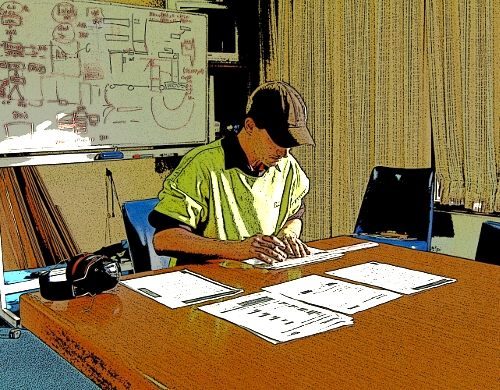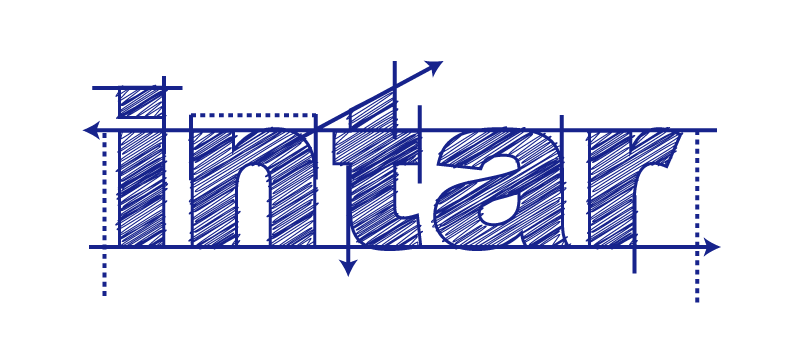Types of assessment

It is useful to group the different types of assessment into four separate categories: diagnostic assessment, formative assessment, summative assessment, and recognition of prior learning.
Let's look at each of these in turn.
1. Diagnostic Assessment
Diagnostic assessment is used to 'diagnose' the training needs of a worker and highlight any gaps in their knowledge or abilities. An aptitude test is an example of diagnostic assessment.
2. Formative Assessment
Formative assessment takes place while a person is still in training, so it becomes part of the 'formative' process in their development. This is particularly useful with complex competencies, where the learner can be trained and assessed in a series of stages. Learning exercises done during the course of training are often used as formative assessment activities.
3. Summative Assessment
Summative assessment occurs at the end of a period of learning or practice, and therefore 'sums up' the knowledge and skills that the learner has acquired. Final tests, assignments or practical demonstrations can all be used as forms of summative assessment.
4. Recognition of prior learning
Recognition of prior learning (RPL) is designed to allow for the fact that not everyone learns their skills by doing formal courses.
Other methods of learning could include:
- informal, on-the-job training
- work experience
- general life experience
- a combination of the above.
The RPL process involves presenting pre-existing evidence to the assessor to demonstrate the candidate's competence.
It should be noted, though, that this type of assessment is no less rigorous than the other methods, and needs to comply with the same Standards. Your RTO will have an RPL policy that sets out the criteria for satisfying the evidence requirements.

